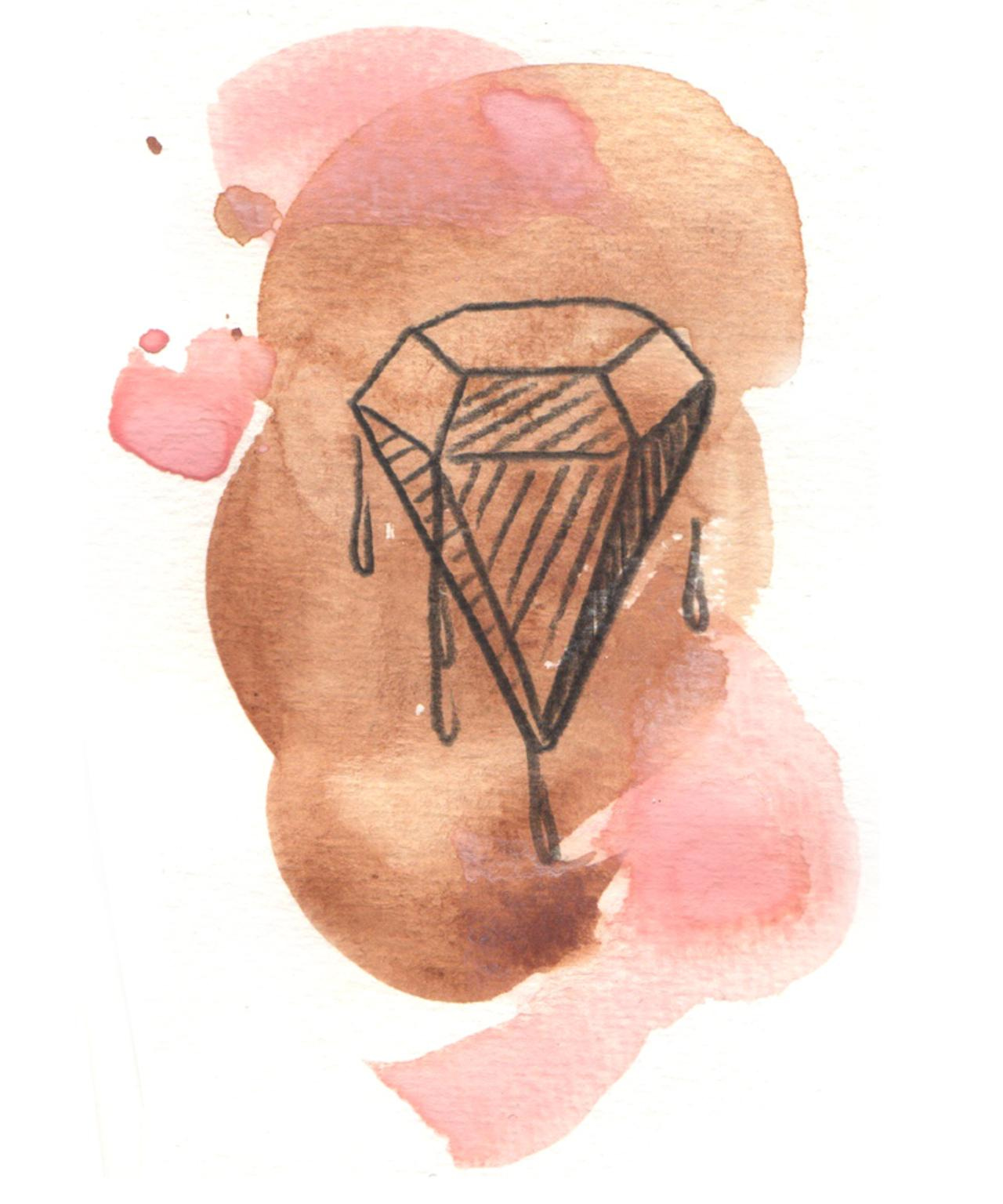
Illustration by Robyn Jordan
When I remember my grandmother it is in moments of delicate precision: a paintbrush dipped in lacquer as she made her decoupage panels; long fingers holding a pair of clippers to shape her balcony topiary; an ivory-backed hairbrush gently running through her hair. Her home was a Sydney palace: quiet white carpets, thickly folded drapes, baroque trimmings and a view of Bondi Beach. She was in all respects a proper lady, the kind of older woman whose cosmetics were kept in delicate, silver antiques, who packed all her clothes in careful plastic, and left the house looking like Greta Garbo even well into her seventies. Yet my last and most enduring image of her is of mess and delight and a gigantic scoop of gelato.
It started in Paris. I was living there at the time on a student exchange. I settled on abject poverty as a means of adhering to my idea of a bohemian lifestyle: I’d managed to find an apartment without heating and, in a bitter October, was shivering…
Keep reading with a 7-day free trial
Subscribe to Narratively to keep reading this post and get 7 days of free access to the full post archives.



